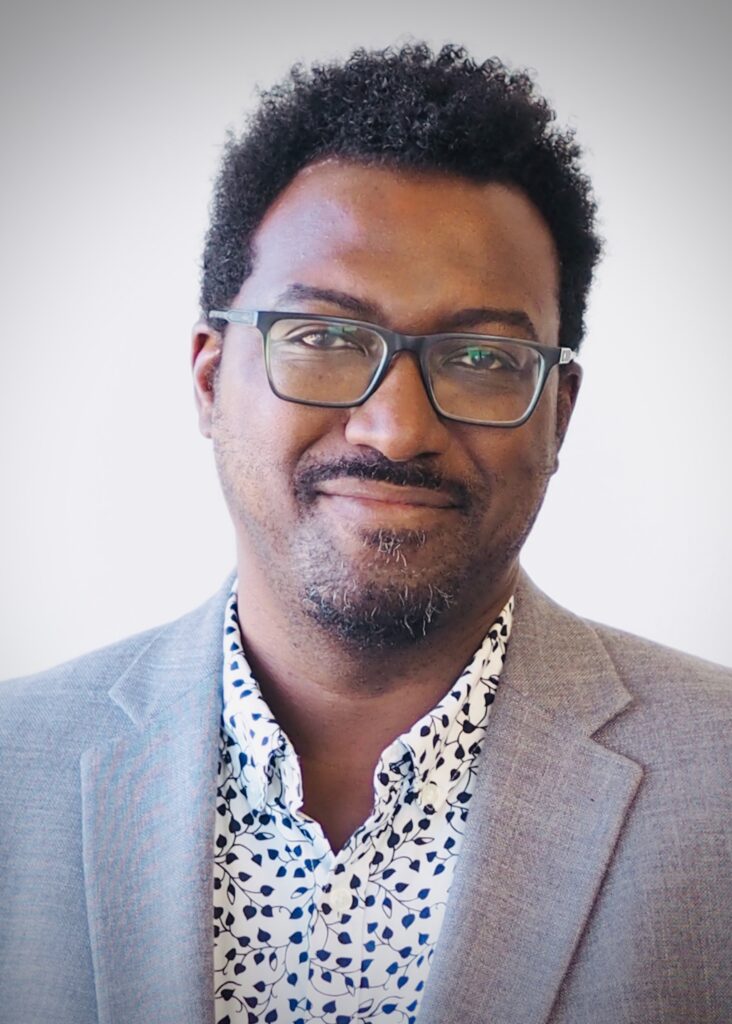How School Boards Are Revitalizing Urband Education: Insights from CUBE
Kareem Smith | October 3, 2023
Born and raised in Flint, Michigan, Kareem’s professional journey has been shaped by education and opportunity. The intersection of which is what provides the basis for this phase of his professional life. A proud graduate of Michigan State University, Kareem is a twenty-year resident of the Twin Cities, which anyone who lives here will tell you make him almost a lifer. Kareem has focused his career on helping others. Whether in his role with a leading public relations service organization, one of the largest technology companies in the world, or with educational technology firms, he is proud to carry relationships both with clients and colleagues as friend and trusted advisor. Kareem lives in Saint Paul, Minnesota, with his partner, both of whom are outnumbered by their four rescue animals, two cats and two dogs.

This year’s CUBE conference (Council of Urban Boards of Education) hosted by the NSBA was more than a compilation of informational lectures–it was an opportunity for all educational leaders to recommit their efforts to improving the current state of urban education. As I gathered with school board members and district leaders from around the country, conversations opened up about the challenges taking place for schools in urban centers, and what we can do to enact positive changes.
School board members recognized the need to bring our education system into the present age. The issues we’re seeing at urban schools, although concerning, aren’t necessarily surprising–we’re still operating within the same education system we did decades ago, despite the evolving challenges of our urban schools. After all, as was said from the stage of the Colorado Association of School Executives Winter Leadership Conference, our schools were designed to provide the exact results we’re getting.
I can look back at my own experience as a student as confirmation. Many of the challenges I faced back then still remain today, especially in terms of accessibility and student-centered scheduling. Though I wasn’t an honors student, I wanted to pursue advanced classes in subjects where I excelled. When I approached my school’s administrator with a request to take AP English, I was promptly shut down. While there were enough students to offer the course and plenty of instructors to teach it, I was denied enrollment based on my cumulative GPA–despite my strong performance in language arts. This is the same story many students in urban schools face today, due to obstacles of resource allocation, staff shortages, arbitrary qualifications, and scheduling conflicts.
That’s where the influence of school boards comes in. School boards must have their finger on the pulse of what is happening–or in many cases, not happening–for their students.
If there was one resounding message from CUBE, it’s that actionable change needs to start in the school boards and work its way down to the school level. Too often, the pressure of implementing large-scale change falls on school administrators and principals without the focus of aligned student outcome goals from the board. Board members embody the mission and vision of their community and with that power comes the responsibility of decisively crafting goals and culture that center consistent student outcomes.
To support sustainable growth, school boards should prioritize setting long term and measurable goals, paired with interim progress monitoring checkpoints, that directly impact student outcomes.
But how can schools and districts help to initiate change at such a large scale? As AJ Crabill recently emphasized, if boards commit to spending 50% of their time and effort in service of improving student outcomes, this critical shift can take root. But how is that time spent? By analyzing data to uncover the gaps and obstacles occurring among students. Here at Abl, we know it’s not enough to simply collect data (schools are already doing that). We need to take a look at what’s behind that data. What disparities are taking place among students? What systems and structures led to these outcomes in the first place? What changes are required? How will students’ academic experiences improve once we implement those changes? These are the questions school boards need answers to, and it’s up to districts to start collecting that information.
If there’s one thing I would take away from the CUBE conference, and what my work at Abl affirms as well, it’s that encouraging school boards to align on student outcome goals will have a massive impact for our students. Districts and school boards must commit to collective action that will disrupt existing systems in order to achieve measurable and sustainable growth in service of our students.
That’s why I’m inspired by the work we do at Abl–we’re shining a light on the needs of students across all groups, and presenting that data to policymakers to initiate action. We start by asking the tough questions. How can we shift the way we’re distributing resources to allow for more students to pursue their desired classes? How can we adjust scheduling requirements to make classes more accessible? What is the data showing us about academic gaps across different student groups? Once we start answering these questions, it’s only a matter of time before school boards have the momentum they need to enact long-lasting changes for future generations of students.






